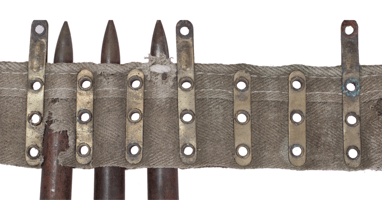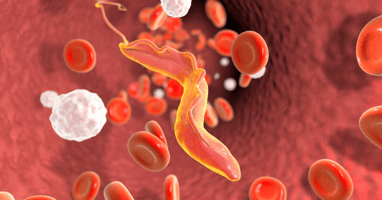From the trenches of World War I to the ongoing battle against obesity, the story of UCP1 is as...
scFv16: The Unsung Heroes Behind a Critical Tool for GPCR Research
In the world of structural biology, few tools have had as profound an impact as scFv16. This single-chain variable fragment antibody has revolutionized the study of active GPCRs, enabling researchers to determine hundreds of these highly valuable structures. By stabilizing GPCR/G-protein complexes, scFv16 has enabled routine structure determination via cryo-EM - a breakthrough once hindered by the fleeting stability of these complexes. At the time of writing, over 500 GPCR structures stabilized with scFv16 have been deposited, while many more remain unpublished within industry, underscoring the tool’s widespread adoption.

Fueling GPCR Research and Drug Discovery
Yet, the story of scFv16’s origins is less well known. In the field of GPCRs where many enabling technologies are patented and tightly controlled, Roche, the pharmaceutical company behind scFv16, made a remarkable decision: they chose not to patent it. Instead, they gifted this transformative tool to the scientific community, allowing researchers and companies worldwide to use it freely.
Prof. Patrick Sexton, a GPCR cryo-EM pioneer at Monash University, highlights the profound impact of this tool:
"scFv16 has had a major impact on GPCR structure determination and discovery sciences due to its broad utility across multiple G protein subfamilies. It is now routinely used for structure determination in academia and industry. By making scFv16 license-free and open access, its discoverers have greatly advanced the field and the potential of structure-based drug discovery for GPCRs."
Roche's Gift to Science
Roche’s decision to keep scFv16 open-access was not an oversight, but a deliberate commitment to advancing science.
"We knew scFv16 had the potential to enable critical research across the field," shared Roger Dawson, the project leader responsible for scFv16's discovery at Roche. "By choosing to make scFv16 open source, we aimed to advance the GPCR field, structural biology, and, more importantly, speed up the development of better treatments for severe diseases. One of our key aspirations was also to promote the use of cryo-EM for structure-based drug design, which was still in its infancy at the time. We wanted to give it a push for everyone’s benefit."
Shoji Maeda, then a Roche postdoctoral fellow at the Paul Scherrer Institute who developed scFv16, echoed this sentiment, adding:
"This molecule was truly a collaborative effort with Roche scientists with whom we share passion and expertise. We are fortunate to have exceptional scientists in the GPCR community who drive the research using various tools, and it is remarkable that scFv16 has been playing an instrumental role in accelerating the structural biology of GPCRs. We are incredibly proud of making this tool public."
A Lasting Legacy
Today, scFv16 continues to be a cornerstone in GPCR structural biology, helping researchers unlock insights into these all-important proteins. By choosing to share scFv16 freely, Roche has empowered countless discoveries, proving that the greatest scientific advancements often stem from a spirit of generosity.
Useful links
1. Development of an antibody fragment that stabilizes GPCR/G-protein complexes
2. The Protein Imager rendering displays the Mu Opioid Receptor-Gi Protein Complex (PDB entry 6DDE).




